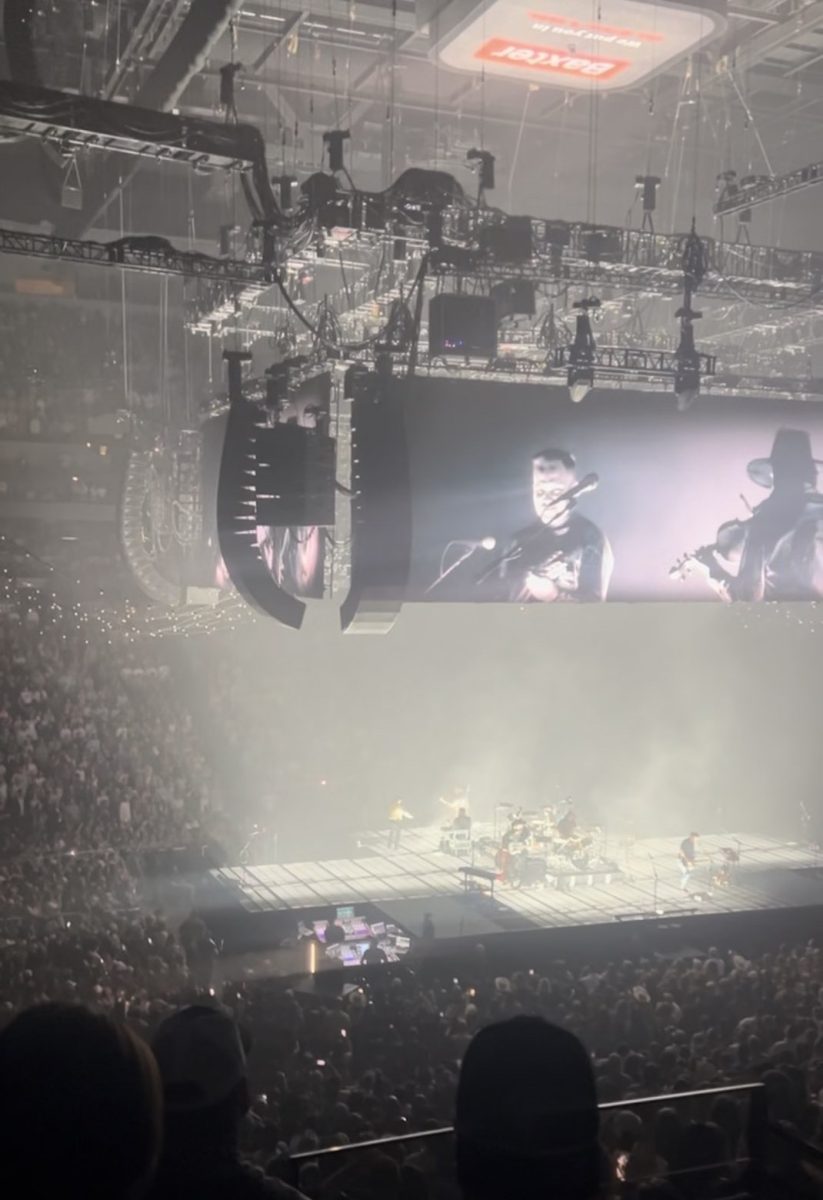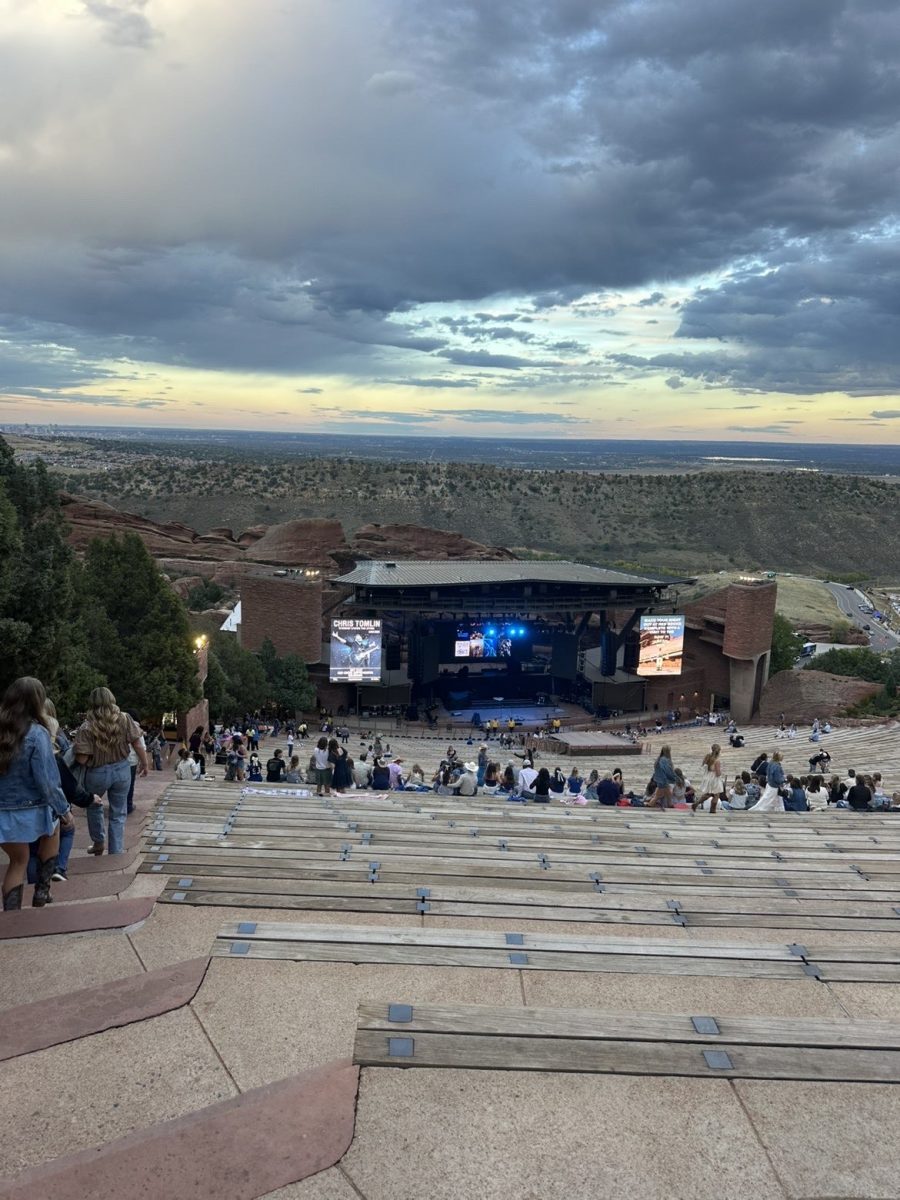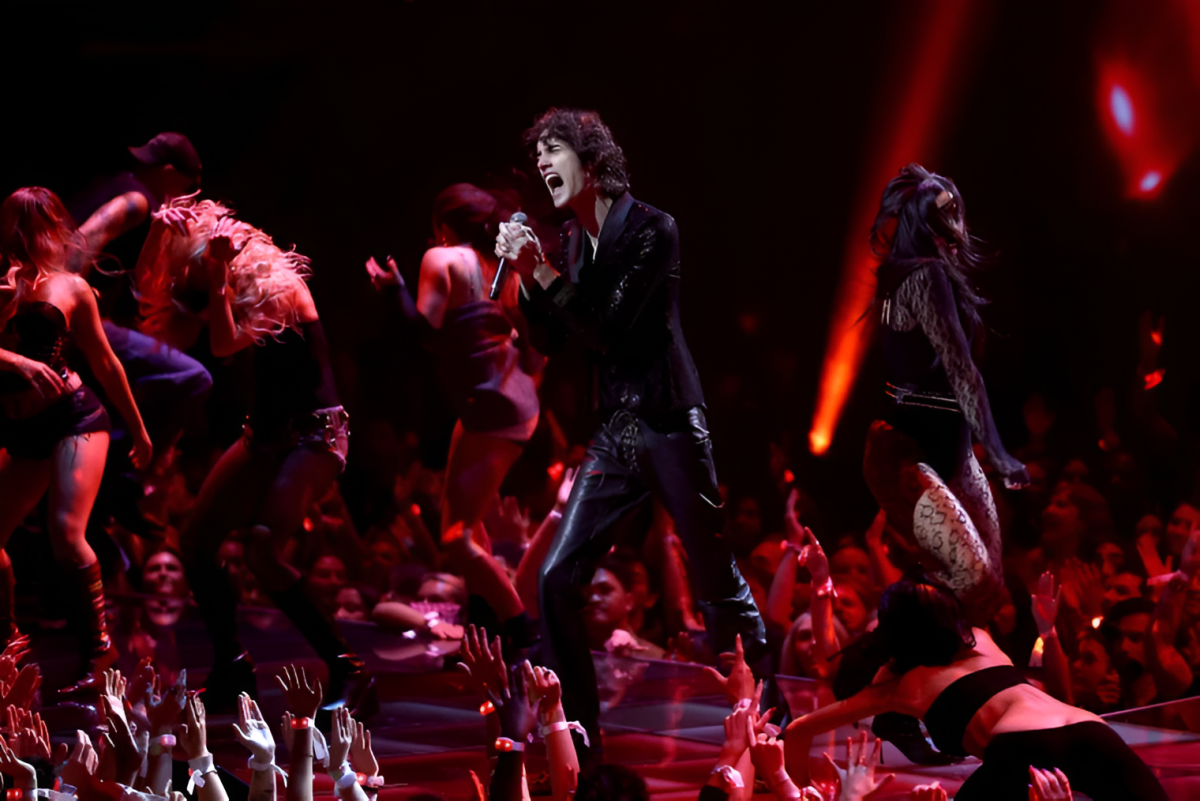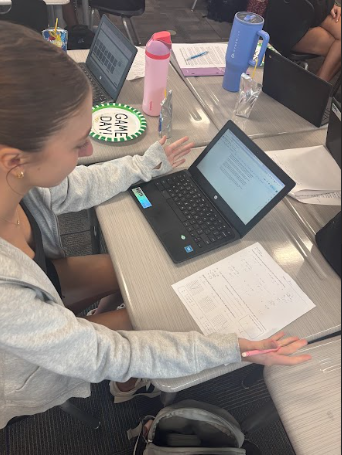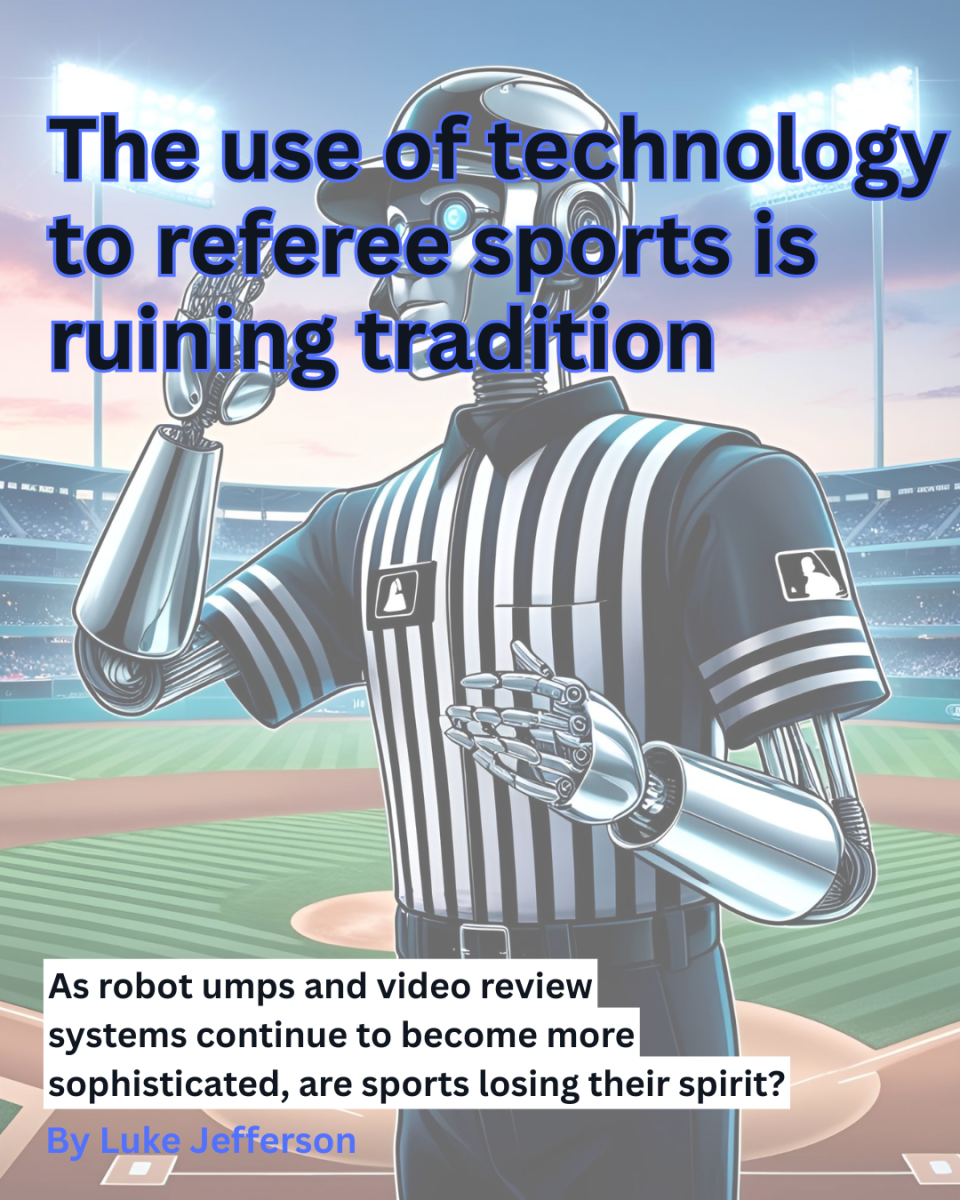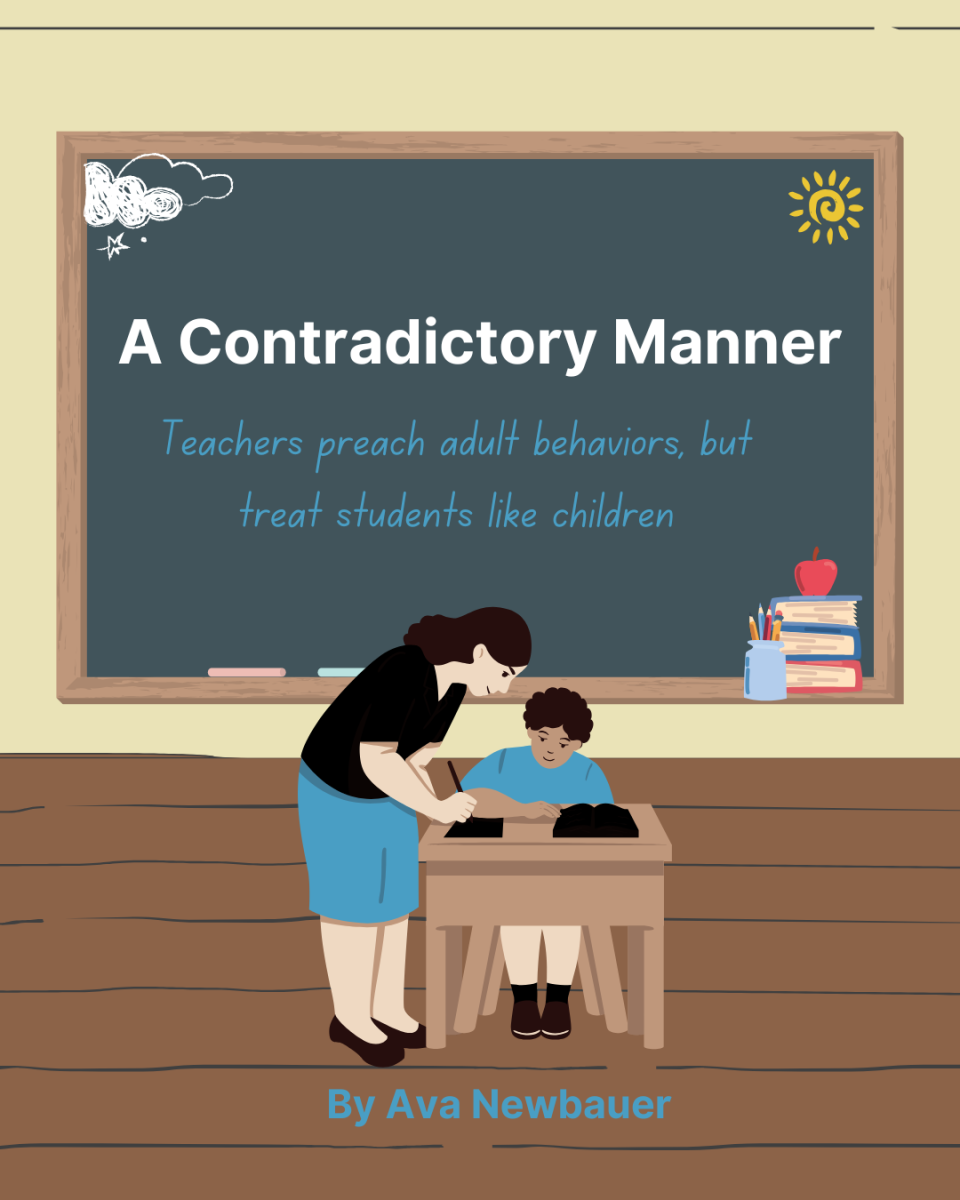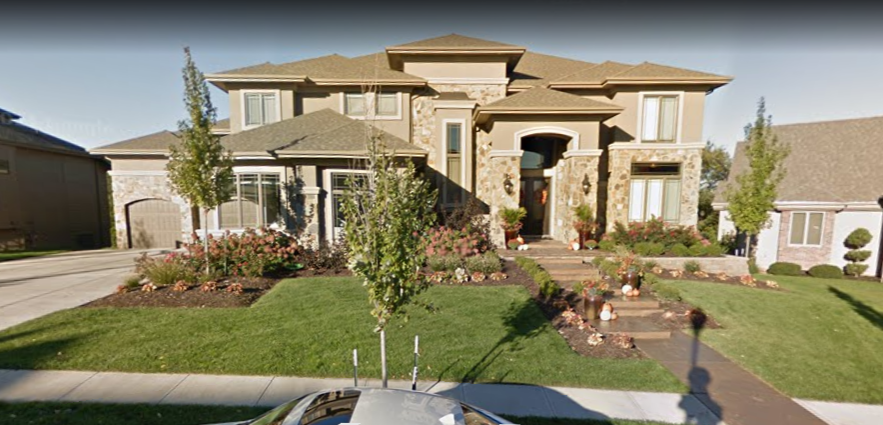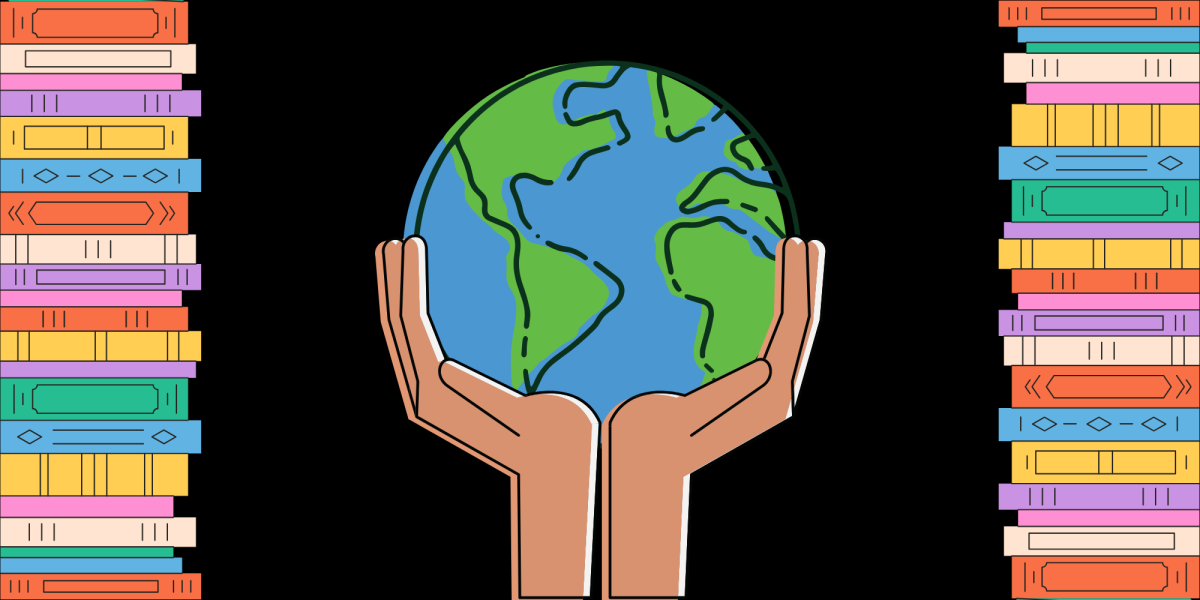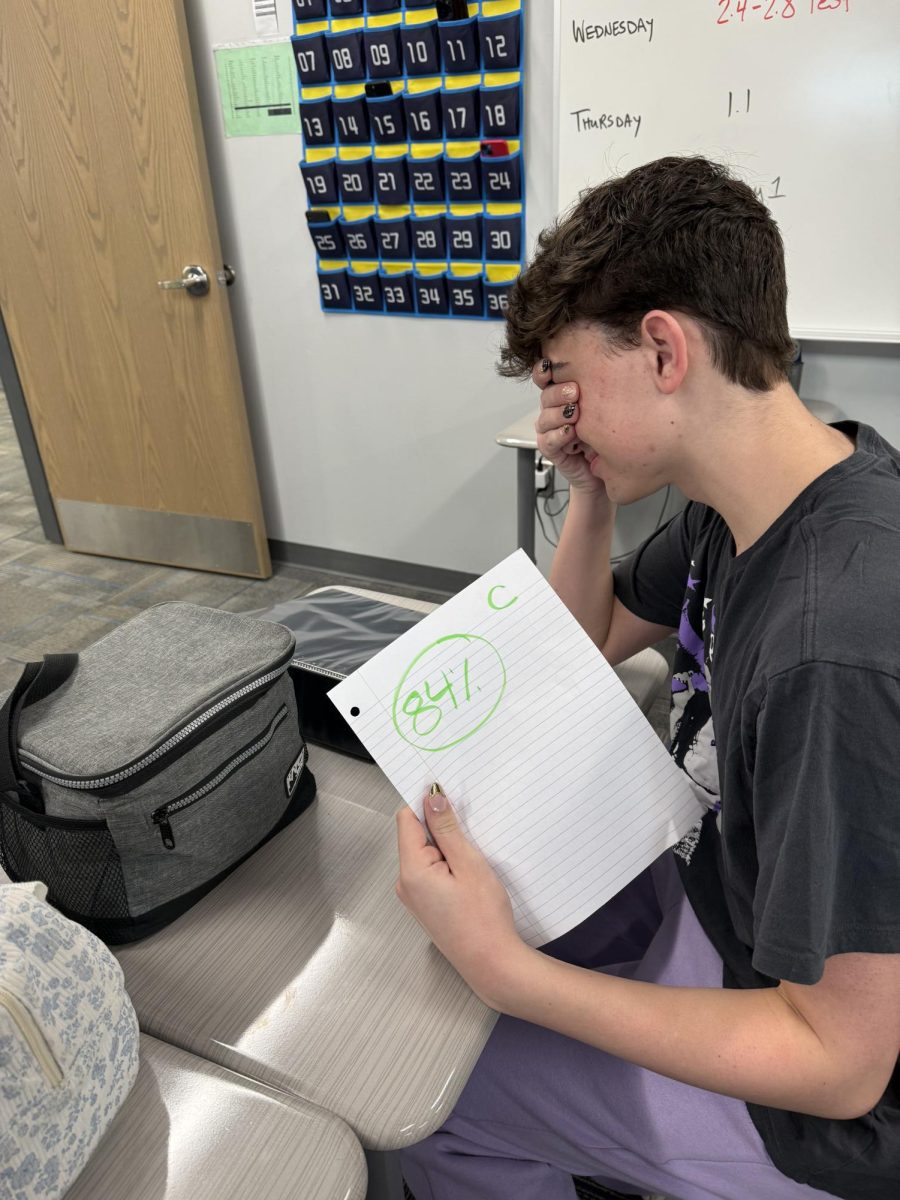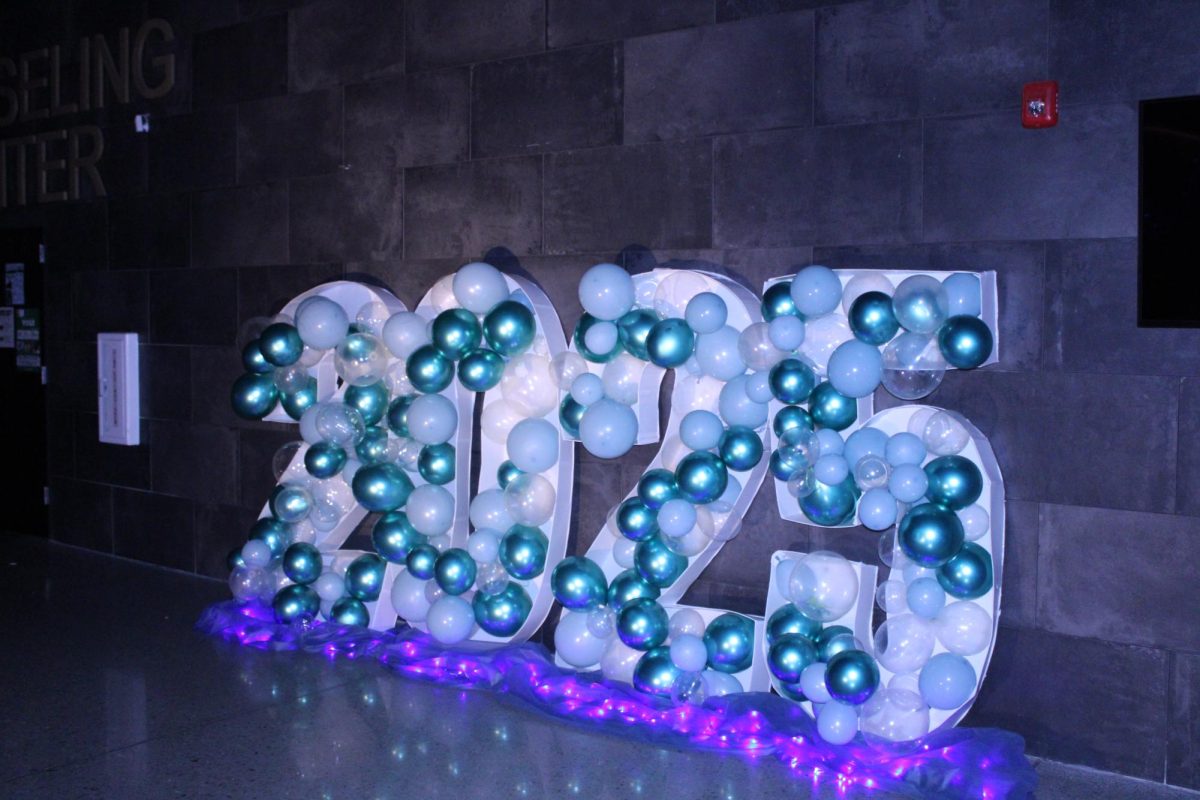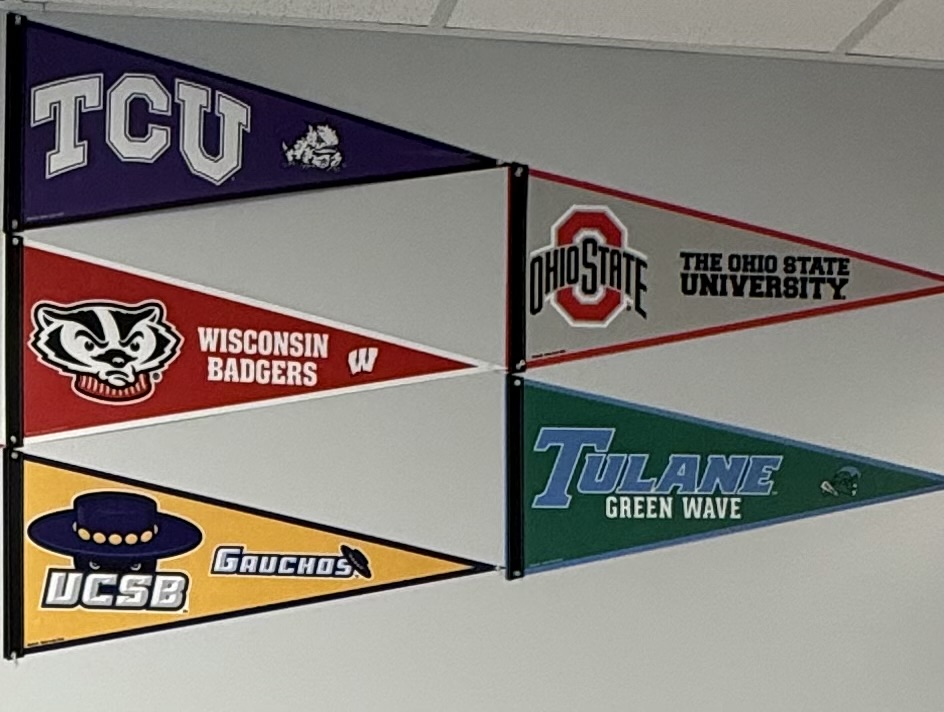
*PRESS START*
I’m a huge video game fan and I’ve been playing Nintendo games ever since I can remember. Now, I’ve owned a Nintendo Switch for 7 years. So, when the Nintendo Switch 2 Direct, a mini presentation where information was shared with the public about the upcoming Nintendo console, happened on Apr. 2nd, 2025, I was stoked.
During the presentation, Nintendo announced Mario Kart World, a new Donkey Kong game, and showed footage of the Metroid Prime 4: Beyond. Additionally, Nintendo shared tons of new features relating to the Nintendo Switch 2.
After the Direct, I checked online to see other’s reactions. To my surprise, the vast majority of reactions were negative. Why? The $150 price bump.
I argue, however, that this price is justified.
Not announced in the presentation was the Nintendo Switch 2’s cost. On Nintendo’s official website, the price is listed at $449.99 for all the standard parts of the console and $499.99 for the console plus Mario Kart World. Furthermore, the new games happened to be $79.99 as digital versions with the physical versions costing another ten bucks.
“For roughly the same price, you could buy a PC and run games at faster frame rates,” junior Carter Thies said.
Fans have taken to every form of social media to make known their discomfort with these prices. When I watched the Mario Kart World Direct on April 17th, the live chat was flooded with “LOWER THE PRICE” (except for when the cow character was on screen: yes, you can play as a cow) until the end of the presentation.
When released in 2017, the Nintendo Switch was priced at $299.99 with games at $59.99. The Nintendo Switch Lite, a solely handheld version of the Switch, is priced at $199.99. When the Nintendo Switch OLED was first released, it was valued at $349.99. When The Legend of Zelda: Tears of the Kingdom released it was valued at a price of $69.99 and special editions of the Nintendo Switch OLED initially cost $359.99.
After a price only comparison, it is easy to be mad. However, this overlooks the *level-up* from the Nintendo Switch and the Nintendo Switch 2.
Directly comparing the Switch and Switch 2, so many things have been improved. First, the Nintendo Switch comes with 32 Gigabytes of storage; the Switch 2 has 256 Gigabytes.
Next, the Nintendo Switch had numerous performance issues. Attempting to run Fortnite, a non-Nintendo developed game, on a Switch is a painful experience, but performance issues also happen with games Nintendo has released. In the final moments of Metroid Dread, an entire cutscene runs at a painfully slow frame rate, which taints my memory of one of my favorite games.
To fix this problem, the Nintendo Switch 2 runs games at 4K at 60 frames per second (fps) and at 1080p it runs games at 120 fps. This is a major *power-up* from the Switch, which ran games at 30 fps per second at 1080p.
Along with the graphical and processing enhancements, the Nintendo Switch 2 comes with a built-in microphone, a new feature called “Gamechat,” a built-in LAN adapter (which cost an extra $30 on the OG Switch), and a larger screen.
To put it into further perspective, let’s compare the Nintendo Switch and the Nintendo Switch 2 to the PS4 and the PS5. Here, the biggest jump is seen in storage: PS4 to PS5? Multiplied by two. Switch to Switch 2? By eight.
*HOLD IT!* While yes, this comparison fails to mention how the storage of the PS4 was 500 Gigabytes and the PS5 has a Terabyte, any movement towards improving the Nintendo Switch further has me on board.
Also, Playstation games take more storage space than Nintendo games and Playstation offers solely digital consoles while Nintendo does not, leaving storage on the game cartridge itself. (For example, New Super Mario Bros. U Deluxe takes up no storage space on my Nintendo Switch. I have the physical version.)
Even competitively, the Playstation 5 is $499.99, $50 more than the Switch 2. Nintendo has used competitive marketing strategies before so the competitive price is expected.
Even looking at Nintendo’s history, the price should not be a shock. The price of the Nintendo Entertainment System (NES) when released in the United States in 1985 was $199.99. According to the U. S. Bureau of Statistics inflation calculator, the $449.99 price tag of the Switch 2 would be equivalent to $152.95. Nintendo’s second console, the Super NES, cost the same price as the NES when it was released in 1991. The inflation calculator places $449.99 at $192.21 in August of 1991.
Going through the years of Nintendo consoles, a shift is seen from the Nintendo 64 and beyond. The purchasing power of $449.99 when compared to each of the other Nintendo consoles is an average of $40 more (In 2017, $449.99 was $343.05, about $40 more than the Switch’s price).
This bump is mostly due to the overall rise in the price of the dollar which is only being added to because of the Trump administration’s new tariffs.
“If you’re a store that shops directly from China, you’ve seen it,” personal finance substitute Bob Wolf said.
Nintendo happens to get most of their hardware from China, and with them being centralized in Japan, they have suffered a *critical hit* from the tariffs.
Recently, Nintendo began pre-orders for the new console. Demand for the Nintendo Switch 2 crashed three different manufacturer’s websites and all sold out within minutes.
In the end, I’m buying a Switch 2, and it seems like everyone else is, no matter the price. 4K graphics, 120 fps, Mario, Zelda, and Kirby games, a built in microphone, 256 Gigabytes of storage, and a bigger screen?
Shut up and take my money, Nintendo.



